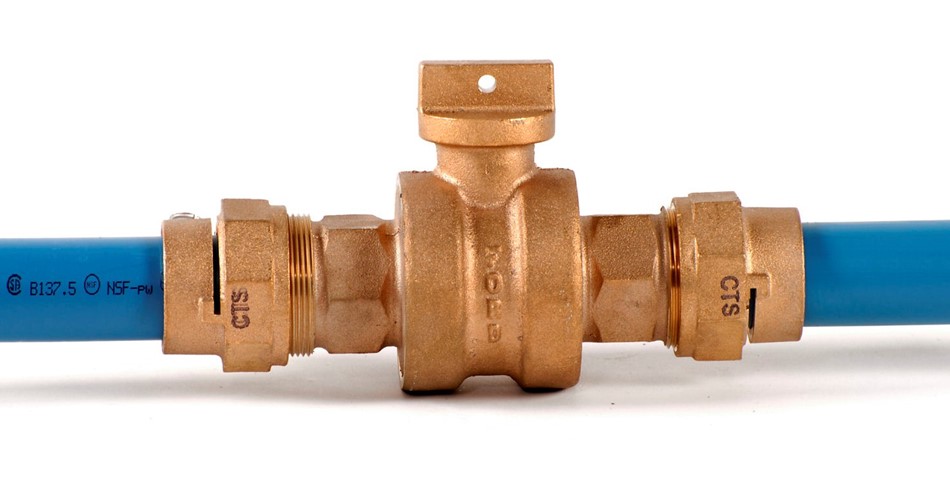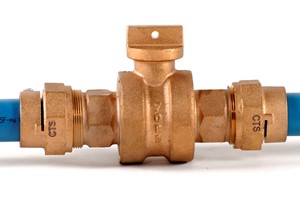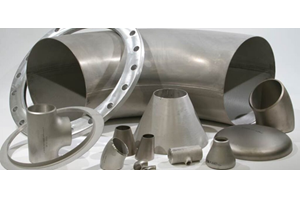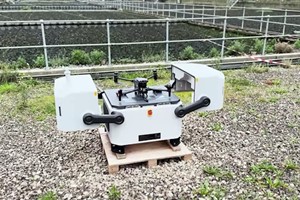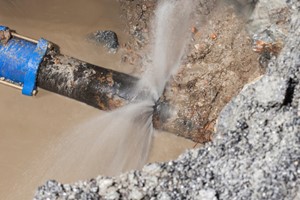Joints and fittings in pipes and valves play a crucial role in the water industry, where they are used to connect pipes and valves and ensure that water is delivered efficiently and safely. In recent years, there have been several new inventions and technologies developed that have revolutionized the way joints and fittings are used in the water industry.
One of the most significant new products in the water industry is the push-fit fitting. These fittings use a simple push-fit mechanism that allows them to be quickly and easily installed without the need for specialist tools or equipment. Push-fit fittings are widely used in the water industry due to their ease of use and reliability. They are also resistant to corrosion and chemical attack, making them ideal for use in harsh environments.
Another innovation in pipe and valve fittings is the use of electrofusion technology. Electrofusion technology is a welding process that uses an electric current to melt the surface of the pipe and fitting, creating a fusion bond that is as strong as the pipe itself. Electrofusion technology is widely used in the water industry as it creates a permanent, leak-proof seal that is highly resistant to corrosion and wear.
One of the most recent developments in pipe and valve fittings in the water industry is the use of plastic pipes. Plastic pipes have become increasingly popular in recent years due to their durability, flexibility, and cost-effectiveness. Plastic pipes can be used in a wide range of applications, from transporting potable water to drainage and sewerage systems. They are also lightweight, making them easy to handle and install, and require less maintenance than traditional metal pipes.
In addition to new products and technologies, there have also been significant advancements in the design of joints and fittings in pipes and valves. For example, there has been a growing trend towards the use of compression fittings in the water industry. Compression fittings use a simple mechanism that compresses the pipe against a fitting to create a watertight seal. Compression fittings are widely used in the water industry due to their ease of installation and reliability.
Another significant trend in the water industry is the use of innovative materials in the design of joints and fittings. For example, there has been a growing interest in the use of composite materials, such as fiber-reinforced polymers (FRPs), in the design of pipe and valve fittings. FRPs are lightweight, durable, and resistant to corrosion, making them ideal for use in harsh environments. They also have excellent thermal and electrical properties, which make them ideal for use in applications where temperature or electrical conductivity is a concern.
One of the most exciting new technologies in the water industry is the use of 3D printing in the design of joints and fittings. 3D printing allows designers to create complex shapes and structures that would be impossible to manufacture using traditional manufacturing methods. This has led to the development of new, high-performance joints and fittings that are optimized for specific applications. For example, 3D printed fittings can be designed to have specific flow characteristics or to withstand high pressures or temperatures.
Overall, the water industry is experiencing significant advancements in the design, materials, and technologies used in joints and fittings in pipes and valves. These advancements are driven by a growing need for more efficient, cost-effective, and reliable solutions that can withstand the harsh environments and demands of the water industry. With continued investment and research, we can expect to see even more exciting innovations in the years to come.



